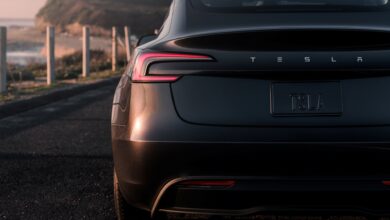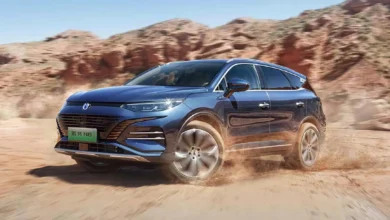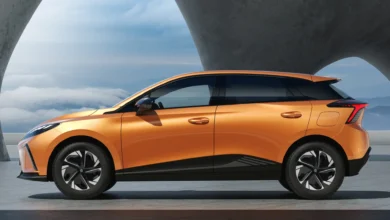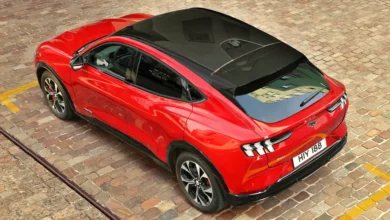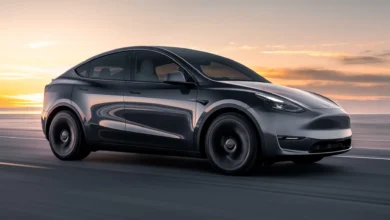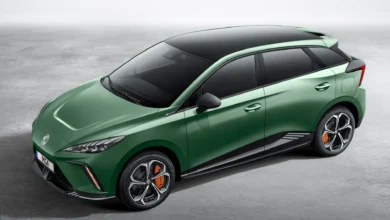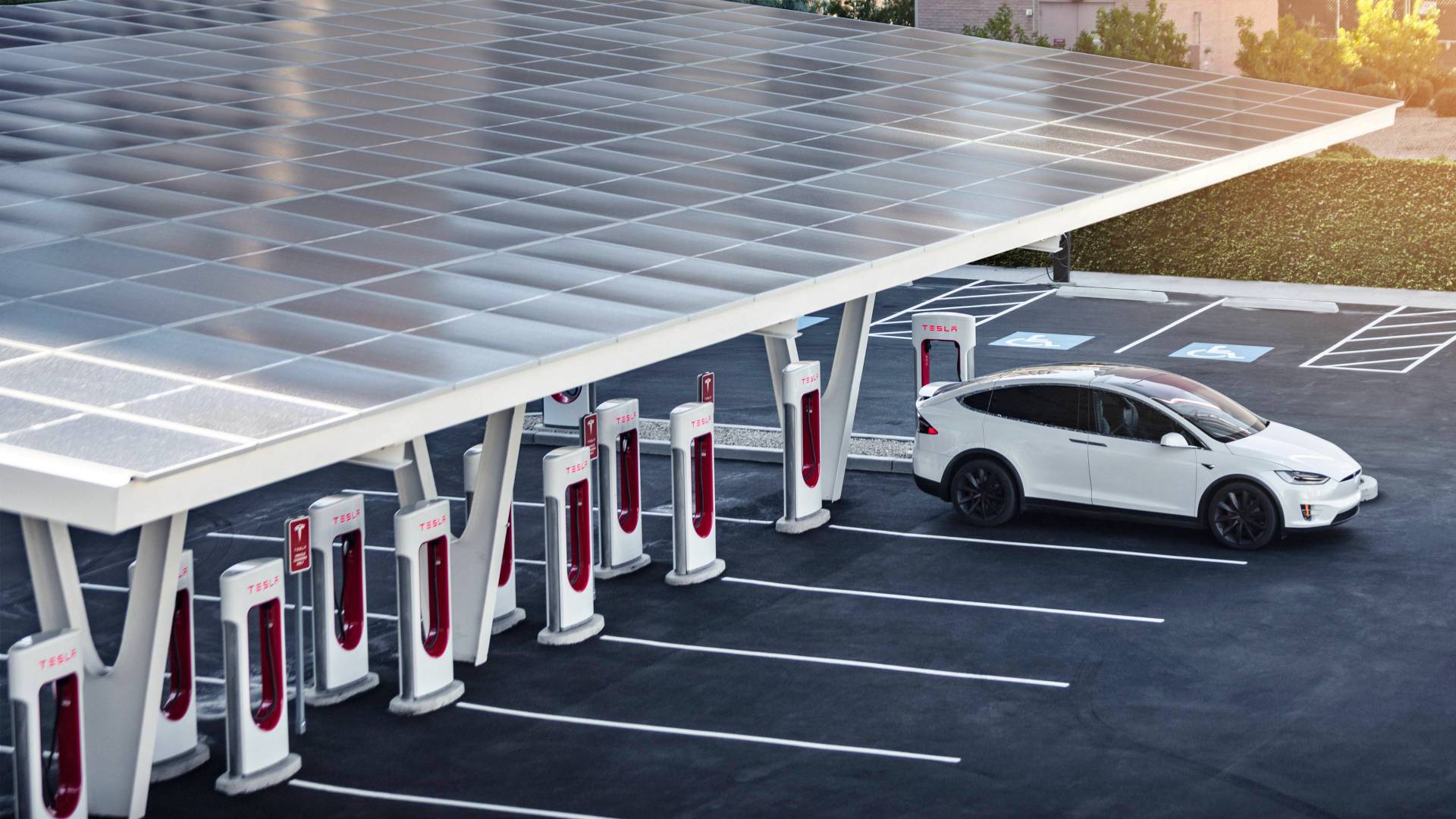
The ministers with responsibility for transport in the European Union have negotiated a draft agreement to go one step further in the objectives of facilitating the recharging of electric vehicles and the refueling of hydrogen vehicles in the medium term. This agreement of the European Parliament is more ambitious than the previous objectives set by the European Commission and is on the way to becoming binding and mandatory.
To move towards the decarbonization of transport, there must be recharging points every 60 kilometers on the main road routes by 2026. The same would apply to heavy transport routes, although limited to the TEN-T road network. Instead of a high-power charger every 60 km by 2031, there would be two chargers by 2028, and in safe areas for overnight stays and rest. There would be exceptions to this rule, such as on islands or areas with low freight traffic.
Regarding the hydrogen refueling network, the objective of the European Commission is to have pumps every 150 kilometers in 2031. The agreement of the transport ministers goes further, that there are pumps every 100 kilometers and three years before, 2028 as well. As the market progresses, this refueling network would be useful in the first place for light and heavy commercial vehicles, not so much for passenger cars.
As it is not only about having chargers and dispensers, additional requirements are raised. Alternative energy users will be able to know in advance the price per kWh of electricity or kg of hydrogen, be economical, comparable, and of course accessible for all models on the market. In 2027 a telematic network would be ready to be able to easily know the information on availability, prices, and if there is a waiting list. This would eliminate the problems associated with alternative vehicles.
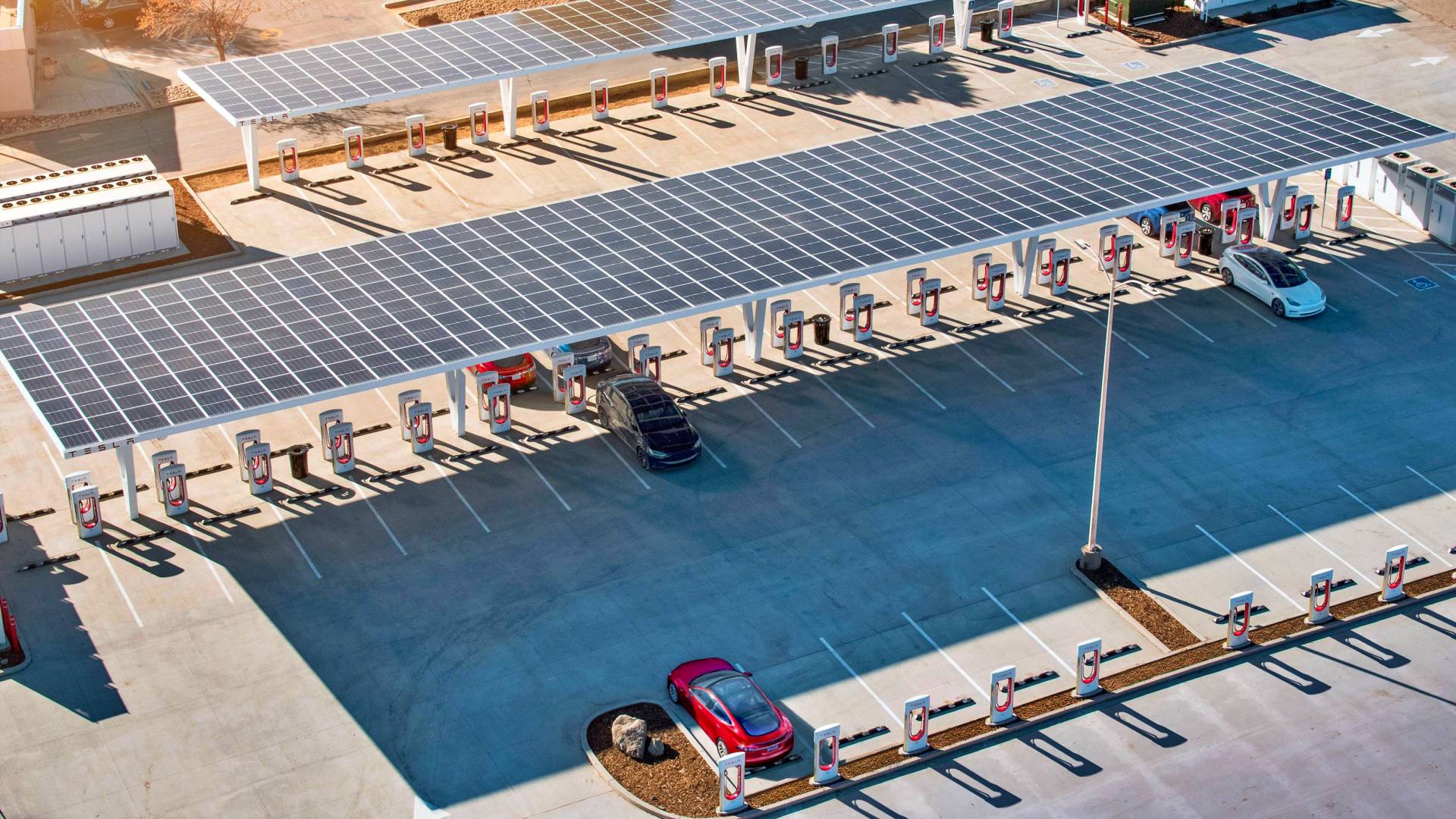
On the other hand, targets are set for the decarbonization of maritime transport, which is a slow process. Emissions should be reduced by 2% in 2025, 20% in 2035, and 80% in 2050. These objectives are also ahead of those of the European Commission, which had set 13% and 75%, respectively, for 2035 and 2050. The changes apply to ships that account for 90% of carbon emissions in the eurozone.
In addition to making quotas of renewable fuels mandatory, the ships will have to be plugged into electrical outlets in port to avoid being polluted by their machines, by the year 2030. Non-compliance will be sanctioned, and what is collected will go to the decarbonization of the maritime sector, energy efficiency measures, and emission-free alternative propulsion systems.
The ball remains in the hands of the European Parliament, which must vote on this draft to begin negotiations with the representatives of the Member States.
Source: European Parliament
